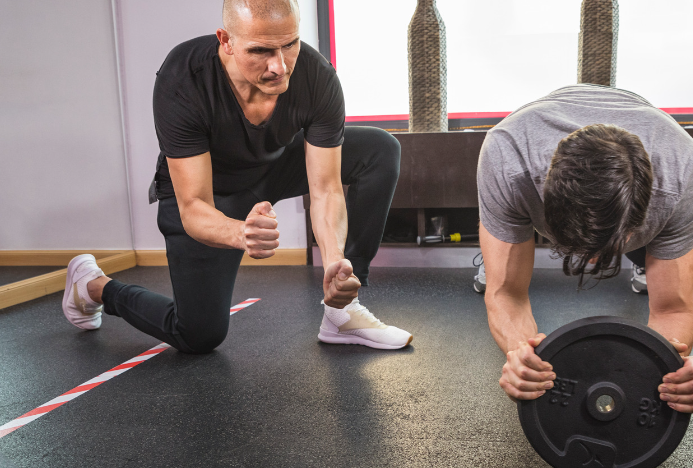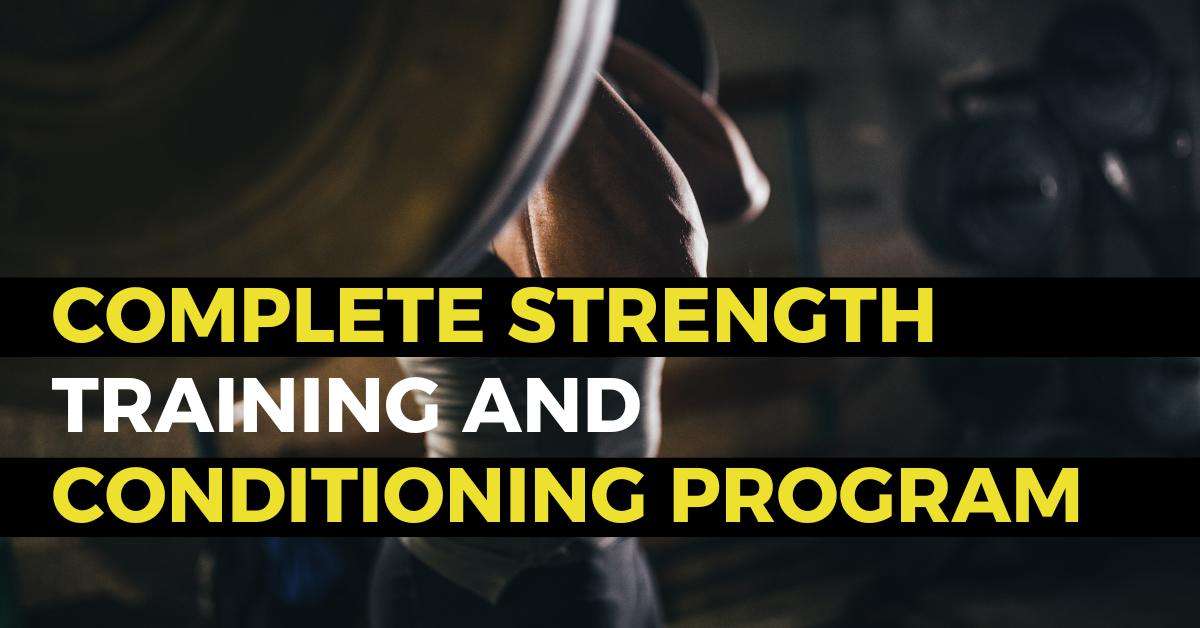
When it comes to building strength, the debate between functional and traditional strength training often comes up. Both methods offer distinct benefits and can be effective depending on your fitness goals. Understanding the differences between functional vs traditional strength training can help you choose the right approach for your needs. In this guide, we’ll break down the key aspects of each training style, their benefits, and how to decide which one aligns with your fitness objectives.
What is Traditional Strength Training?
Traditional strength training typically involves exercises that target specific muscle groups using weights or machines. This method focuses on building muscle mass, improving strength, and enhancing overall body composition. Common exercises in traditional strength training include bench presses, squats, deadlifts, and bicep curls.
Key Benefits of Traditional Strength Training:
- Muscle Hypertrophy:
- Traditional strength training is highly effective for muscle hypertrophy, which is the increase in muscle size. This makes it ideal for those looking to build muscle mass.
- Improved Strength:
- By isolating specific muscle groups, traditional strength training allows for significant strength gains, particularly in the targeted areas.
- Structured Progression:
- Traditional strength training follows a structured progression, where you gradually increase the weight or resistance as your strength improves, allowing for measurable gains over time.
- Bodybuilding and Aesthetics:
- This method is popular among bodybuilders and those focused on achieving a specific physique. The ability to target and sculpt individual muscle groups makes it easier to achieve a well-defined body.
What is Functional Strength Training?
Functional strength training, on the other hand, focuses on exercises that mimic real-life movements, improving your ability to perform everyday activities with ease. This training style engages multiple muscle groups simultaneously and often incorporates movements in multiple planes of motion, such as squats with a twist or lunges with a shoulder press.
Key Benefits of Functional Strength Training:
- Improved Everyday Functionality:
- Functional strength training enhances your ability to perform daily tasks more efficiently, such as lifting groceries, climbing stairs, or playing with your kids. It focuses on movements that translate directly to real-life activities.
- Enhanced Core Stability:
- Many functional exercises engage the core, helping to improve balance, stability, and posture. This is particularly beneficial for preventing injuries.
- Increased Range of Motion:
- Functional training often involves movements that require flexibility and mobility, helping to maintain or even increase your range of motion.
- Versatile and Adaptive:
- Functional training can be done anywhere, often with little to no equipment. This makes it accessible and adaptable to different environments, whether you’re at home, in a gym, or outdoors.
Functional vs. Traditional Strength Training: Which One Should You Choose?
Choosing between functional vs traditional strength training depends largely on your fitness goals, lifestyle, and personal preferences. Here are some factors to consider:
1. Your Fitness Goals:
- If your primary goal is to build muscle mass and increase strength in specific areas, traditional strength training may be the better option. However, if you’re looking to improve your overall functional fitness, making daily activities easier and reducing the risk of injury, functional strength training could be more beneficial.
2. Time and Convenience:
- Traditional strength training often requires access to a gym and specific equipment, while functional training can be done virtually anywhere with minimal equipment. If you prefer working out at home or have a busy schedule, functional training offers greater flexibility.
3. Injury Prevention:
- Functional strength training is often recommended for individuals who are looking to prevent injuries or recover from them. Its focus on core stability, balance, and flexibility can help reduce the risk of strains and sprains.
4. Personal Preference:
- Some people enjoy the structured nature of traditional strength training, with its clear sets, reps, and measurable progression. Others might find functional training more engaging due to its dynamic, full-body movements. Your enjoyment of the workout can play a significant role in your consistency and success.

Can You Combine Functional and Traditional Strength Training?
Absolutely! In fact, many fitness enthusiasts and trainers recommend combining both approaches to create a well-rounded workout routine. For example, you might incorporate traditional strength exercises like deadlifts or bench presses into your routine for muscle building, while also including functional movements like kettlebell swings or planks to improve stability and functional fitness.
FAQs About Functional vs. Traditional Strength Training
1. Which is better for weight loss—functional or traditional strength training?
Both forms of strength training can aid in weight loss when combined with a healthy diet. Traditional strength training builds muscle, which can increase your resting metabolic rate, helping you burn more calories throughout the day. Functional training often involves higher-intensity movements, which can burn a significant number of calories during the workout itself.
2. Is functional strength training good for beginners?
Yes, functional strength training is great for beginners because it focuses on movements that are natural and easy to learn. Starting with bodyweight exercises like squats, lunges, and push-ups can help build a solid foundation before progressing to more complex movements.
3. Can traditional strength training improve functional fitness?
Traditional strength training can improve functional fitness to some extent, especially if you focus on compound movements like squats and deadlifts that work multiple muscle groups. However, adding functional exercises to your routine can enhance your ability to perform everyday tasks with greater ease.
4. How often should I do functional vs traditional strength training?
The frequency depends on your fitness goals and schedule. A balanced routine might include two to three days of traditional strength training and one to two days of functional training each week. Ensure you have at least one rest day to allow your muscles to recover.
5. What equipment do I need for functional vs traditional strength training?
Traditional strength training often requires weights, machines, or resistance bands, typically found in a gym setting. Functional training can be done with minimal equipment—think kettlebells, medicine balls, or just your body weight. Many functional exercises also use stability balls or resistance bands to add variety and challenge.
Conclusion
Both functional and traditional strength training offer valuable benefits that can help you achieve your fitness goals. Whether you’re aiming to build muscle, improve your everyday functionality, or prevent injuries, understanding the strengths of each approach will allow you to create a balanced and effective workout routine. Remember, the best workout is one that you enjoy and can stick with consistently.





